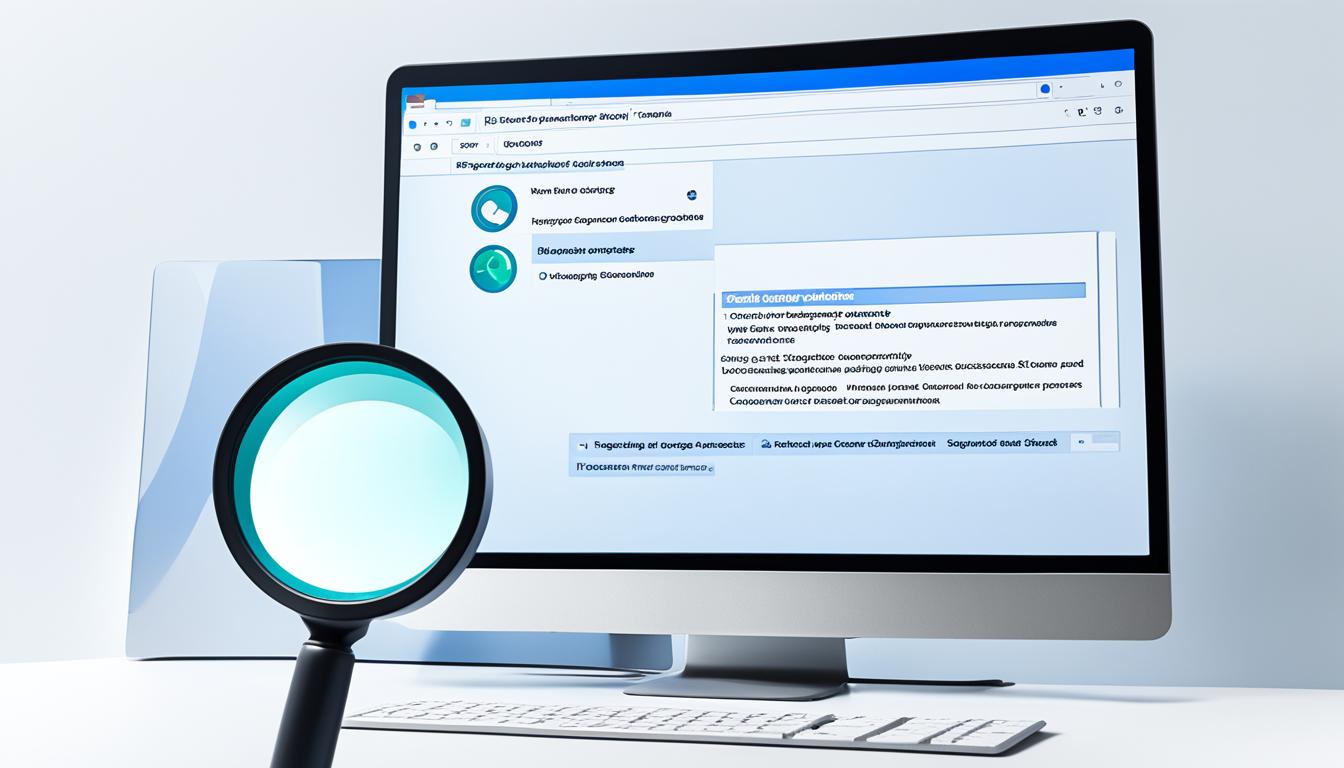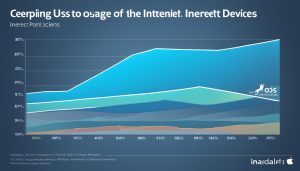As the internet continues to evolve, so does the way people search for information online. In today’s digital landscape, understanding the differences between desktop and mobile searches is crucial for businesses and website owners.
Desktop searches refer to those conducted on traditional computers, such as desktop computers and laptops. On the other hand, mobile searches pertain to searches carried out on mobile devices like smartphones and tablets.
Why is it essential to grasp the disparity between these two types of searches? The answer lies in online browsing behavior and the effective implementation of SEO strategies. By understanding how users interact with websites on different devices, businesses can tailor their online presence to provide an optimal user experience and improve their search engine rankings.
In this article, we will explore the characteristics of desktop and mobile searches, the distinct online behaviors associated with each, and the necessary adjustments in SEO strategies to maximize visibility and engagement across both platforms.
Join us as we delve into the world of desktop versus mobile searches and discover the key insights that can drive your online success.
Understanding Desktop Searches
When it comes to online behavior, desktop searches play a significant role in shaping user experience. Understanding the unique characteristics of desktop browsing is crucial for optimizing websites and delivering seamless user experiences.
On desktop devices, users interact with websites differently compared to mobile devices. The larger screen size allows for more information to be displayed at once, providing users with a comprehensive view of the website. This enables them to easily navigate through different sections and access the desired information quickly.
The impact of screen size and usability cannot be underestimated. With a larger screen, websites can utilize wider page layouts, accommodating more content and enhancing the visual appeal. This allows for a more immersive browsing experience, enabling users to engage with rich media, such as high-resolution images and videos, without compromising on quality.
“Desktop browsing provides a spacious canvas for websites to showcase their content, ensuring that users have access to a wealth of information at their fingertips.”
When designing for desktop searches, it is essential to consider user experience considerations specific to this platform. Desktop users expect websites to be intuitive, well-organized, and easy to navigate. A clutter-free design, clear call-to-action buttons, and logical menu structures contribute to a positive user experience.
Moreover, desktop users tend to spend more time on websites compared to mobile users. They are more likely to engage in in-depth research, read long-form content, and make detailed comparisons before making a decision. Therefore, it is crucial to provide them with relevant and valuable information that caters to their browsing behavior.
Key Considerations for Optimizing Desktop Searches:
- Ensure responsive design: Websites should adapt seamlessly to different screen sizes, offering an optimal experience on desktop devices.
- Optimize loading speed: Desktop users expect websites to load quickly. Optimizing images, reducing code bloat, and utilizing caching techniques can significantly improve loading times.
- Prioritize user-friendly navigation: A clear and logical navigation structure enhances the user experience and ensures easy access to desired information.
- Create engaging and informative content: Desktop users are more likely to consume longer-form content. Providing valuable information that educates and informs keeps them engaged and encourages repeat visits.
By understanding the characteristics of desktop searches and implementing the necessary optimizations, website owners can enhance user experience, increase engagement, and drive organic traffic. Now let’s delve into the world of mobile searches in the upcoming section to discover its unique attributes and best practices.

| Desktop Searches | Key Characteristics |
|---|---|
| Screen Size | Larger screens allow for more content to be displayed at once, providing a comprehensive view of websites. |
| Usability | Desktop browsing offers more comfortable navigation and enhanced interaction due to a larger screen and keyboard. |
| User Behavior | Desktop users tend to spend more time on websites, engage in detailed research, and consume longer-form content. |
| User Experience | Expectations for intuitive and well-organized websites with clear navigation and valuable information. |
Unveiling Mobile Searches
With the increasing prevalence of mobile devices, it’s essential for businesses to understand the unique attributes of mobile searches. As people become more reliant on their smartphones and tablets, their online browsing behavior and expectations have evolved. To stay competitive in today’s digital landscape, optimizing your website for mobile devices is no longer an option but a necessity.
One crucial factor in mobile optimization is responsive design. Responsive design ensures that your website adapts seamlessly to different screen sizes and resolutions, providing an optimal user experience across various mobile devices. By implementing responsive design principles, you can create a user-friendly interface that is easy to navigate and interact with on smaller screens.
Mobile searches are characterized by specific considerations that differ from desktop searches. Users are often on the go and have different search intents when using their mobile devices. They are more likely to look for location-based information, quick answers, and immediate solutions. As a result, it’s crucial to tailor your content and SEO strategies to meet the needs of mobile users.
Key Considerations for Optimizing Websites for Mobile Browsing
- Page speed optimization: Mobile users expect fast-loading web pages. Ensure your website is optimized for speed by compressing images, minifying code, and leveraging caching techniques.
- Mobile-friendly content: Create concise, easily digestible content that is optimized for mobile reading. Utilize bullet points, subheadings, and shorter paragraphs to enhance readability.
- Mobile-first indexing: With Google’s mobile-first indexing, search engines prioritize the mobile version of your website. Make sure your mobile version contains all the necessary content and features for effective indexing.
- Mobile-friendly navigation: Simplify your website’s navigation menu for mobile users. Use intuitive icons, collapsible menus, and clear calls-to-action to guide visitors through your site.
By understanding and embracing the unique attributes of mobile searches, businesses can optimize their online presence to effectively reach and engage with mobile users. Responsive design, mobile-friendly content, and strategic SEO strategies will help drive traffic, increase conversions, and stay ahead of the competition in the mobile-driven digital landscape.
Adapting SEO Strategies for Both Desktop and Mobile Searches
When it comes to optimizing websites for search engine visibility, it is essential to consider both desktop and mobile users. As technology continues to evolve, so do user behaviors and preferences. Having effective SEO strategies that cater to both desktop and mobile searches is crucial for staying ahead in today’s digital landscape.
One of the key techniques for optimizing websites for mobile searches is mobile-first indexing. This approach prioritizes the mobile version of a website when it comes to search ranking. By ensuring that your website is mobile-friendly and responsive, you can provide a seamless user experience across different devices, which directly impacts your search engine rankings.
In addition to mobile-first indexing, responsive design plays a crucial role in adapting SEO strategies for both desktop and mobile users. Responsive design allows websites to automatically adjust their layout and content based on the device being used. This ensures that users have a consistent and optimized experience, regardless of whether they are browsing on a desktop computer or a mobile device.
Furthermore, it is essential to consider the individual search intents and behaviors of desktop and mobile users. While desktop users may spend more time researching and comparing products or services, mobile users often have more urgent and immediate search needs. Tailoring your SEO strategies to address these unique behaviors can help you attract and engage both desktop and mobile users effectively.




